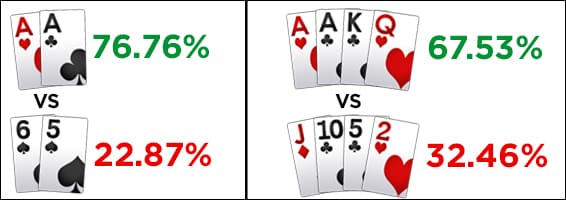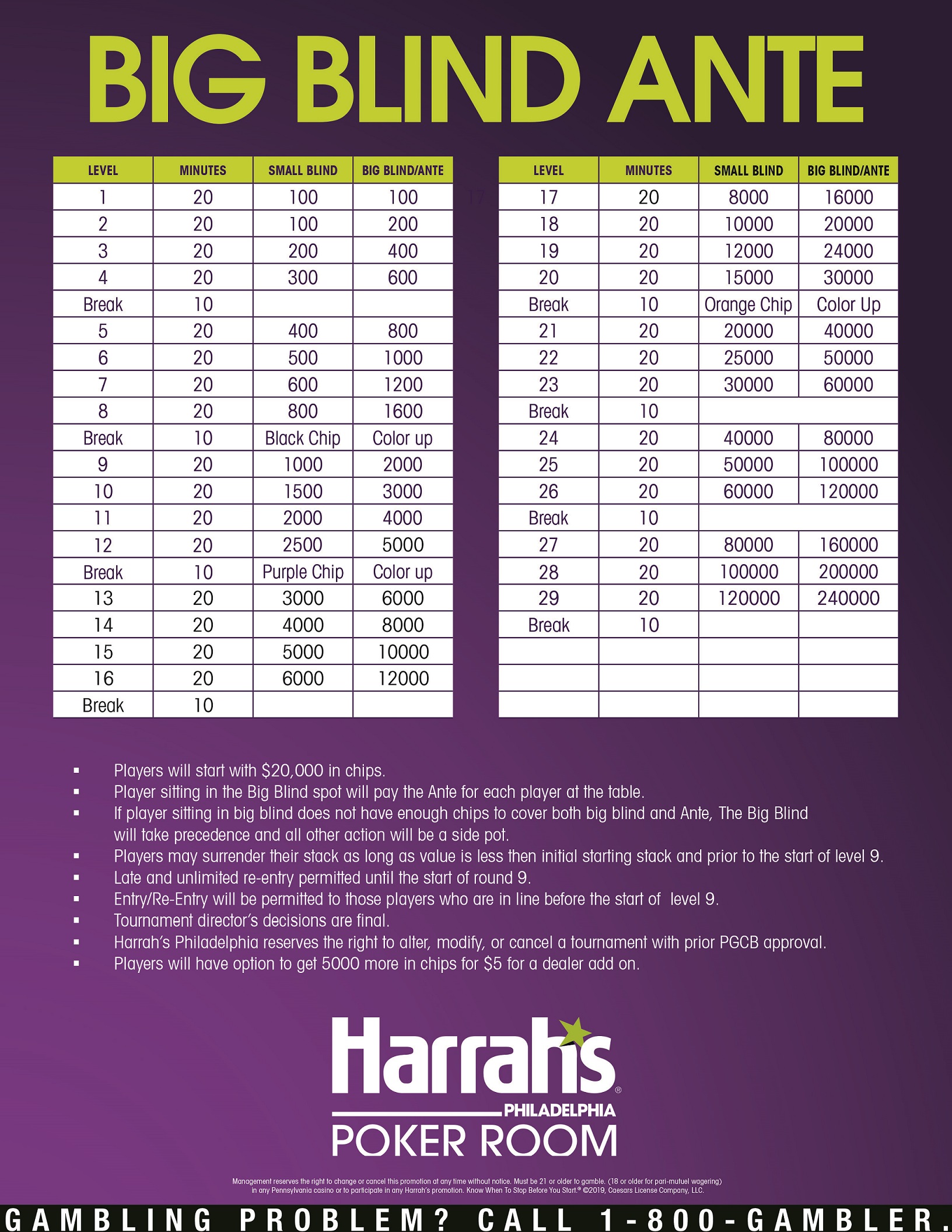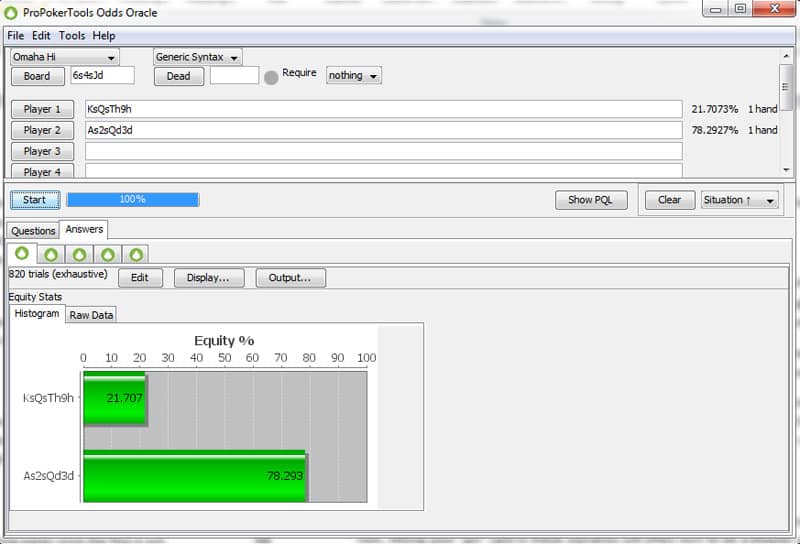- To play a game of Omaha poker you'll need a 52-card deck of French cards. Also, unless you are in for an old-fashioned game with beans, buttons, and pennies, you'll need also some poker chips, a.
- Omaha Poker is the second most popular variant of poker played, after Texas Hold ‘Em. It is very similar to Hold ‘Em in that it is a community-card game. If you know how to play Texas Hold ‘Em, these instructions should be familiar.
Pot Limit Omaha Poker - A player can bet what is in the pot (i.e. ₹100 into a ₹100 pot). This is the most popular form of Omaha Poker. No Limit Omaha Poker - A player can bet any amount, up to all of their chips. Fixed Limit Omaha Poker - There is a specific betting limit applied in each game and on each round of betting. To play a game of Omaha poker you'll need a 52-card deck of French cards. Also, unless you are in for an old-fashioned game with beans, buttons, and pennies, you'll need also some poker chips, a.
Omaha poker is an exciting game derived from Texas Hold’em. Each player is dealt four private cards (‘hole cards’) which belong only to that player. Five community cards are dealt face-up on the ‘board’. In Omaha games, all players use exactly three of the community cards together with exactly two of their hole cards to make the best five-card poker hand. No more, and no less. Follow this link to view the rankings of Omaha poker hands.
Types of Omaha Poker Games

- Pot Limit Omaha Poker – A player can bet what is in the pot (i.e. $100 into a $100 pot). This is the most popular form of Omaha Poker.
- No Limit Omaha Poker – A player can bet any amount, up to all of their chips.
- Fixed Limit Omaha Poker – There is a specific betting limit applied in each game and on each round of betting.
Below is a general explanation on how to play Omaha poker. The basic rules for all Omaha variants are the same, with the exception of the different betting structures between them. More details on these different betting structures follow.
How to Play Omaha Poker
Basic Strategies
In Pot Limit and No Limit Omaha games, the games are referred to by the size of their blinds (for example, a $1/$2 Omaha game has a small blind of $1 and a big blind of $2). Betting then commences from the player to the left of the big blind.
In Fixed Limit Omaha games, the big blind is the same as the small bet, and the small blind is typically half of the size of the big blind, but may be larger depending on the stakes. For example, in a $2/$4 Limit game the small blind is $1 and the big blind is $2. In a $15/$30 Limit game, the small blind is $10 and the big blind is $15.
Rules Poker Omaha Golf
Now, each player is dealt their four hole cards. Betting action proceeds clockwise around the table, starting with the player ‘under the gun’ (immediately clockwise from the big blind).
Pre-Flop
After seeing his or her hole cards, each player now has the option to play his or her hand by calling or raising the big blind. The action begins to the left of the big blind, which is considered a ‘live’ bet on this round. That player has the option to fold, call or raise. For example, if the big blind was $2, it would cost $2 to call, or at least $4 to raise. Action then proceeds clockwise around the table.
Note: The betting structure varies with different variations of the game. Explanations of the betting action in Limit Omaha, No Limit Omaha, and Pot Limit Omaha can be found below.
Betting continues on each betting round until all active players (who have not folded) have placed equal bets in the pot.
The Flop
After the first round of betting is complete, the ‘flop’ is dealt face-up on the board. The flop is the first three community cards available to all active players. Play begins with the active player immediately clockwise from the button. Another round of betting ensues. In Fixed Limit Omaha, all bets and raises occur in increments of the small bet (for example, $2 in a $2/$4 game).
The Turn
When betting action is completed for the flop round, the ‘turn’ is dealt face-up on the board. The turn is the fourth community card in an Omaha game. Play begins with the active player immediately clockwise from the button. Another round of betting ensues. In Fixed Limit Omaha, bets and raises on the turn are in increments of the big bet (for example, $4 in a $2/$4 game).
The River
When betting action is completed for the turn round, the ‘river’ is dealt face-up on the board. The river is the fifth and final community card in Omaha poker. The final round of betting begins with the active player immediately clockwise from the button.

The Showdown
If there is more than one remaining player when the final betting round is complete, the last person to bet or raise shows their cards, unless there was no bet on the final round in which case the player immediately clockwise from the button shows their cards first. The player with the best five-card hand wins the pot. Remember: in Omaha, players must use two and only two of their four hole cards in combination with exactly three of the cards from the board. In the event of identical hands, the pot will be equally divided between the players with the best hands.

After the pot is awarded, a new Omaha poker game is ready to be played. The button now moves clockwise to the next player.
Pot Limit, No Limit, Fixed Limit Omaha
Omaha rules remain the same for Fixed Limit, No Limit and Pot Limit poker games, with a few exceptions:
Pot Limit Omaha
The minimum bet in Pot Limit Omaha is the same as the size of the big blind, but players can always bet up to the size of the pot.
Minimum raise: The raise amount must be at least as much as the previous bet or raise in the same round. As an example, if the first player to act bets $5 then the second player must raise a minimum of $5 (total bet of $10).
Maximum raise: The size of the pot, which is defined as the total of the active pot, plus all bets on the table, plus the amount the active player must first call before raising.
Example: If the size of the pot is $100, and there is no previous action on a particular betting round, a player may bet a maximum of $100. After that bet, the action moves to the next player clockwise. That player can either fold, call $100, or raise any amount between the minimum ($100 more) and the maximum. The maximum bet in this case is $400 – the raiser would first call $100, bringing the pot size to $300, and then raise $300 more, making a total bet of $400.
In Pot Limit Omaha, there is no ‘cap’ on the number of raises allowed.
No Limit Omaha
The minimum bet in No Limit Omaha is the same as the size of the big blind, but players can always bet as much more as they want, up to all of their chips.
Minimum raise: In No Limit Omaha, the raise amount must be at least as much as the previous bet or raise in the same round. As an example, if the first player to act bets $5 then the second player must raise a minimum of $5 (total bet of $10).
Maximum raise: The size of your stack (your chips on the table).
In No Limit Omaha, there is no ‘cap’ on the number of raises allowed.
Fixed Limit Omaha
Betting in Fixed Limit Omaha is in pre-determined, structured amounts. Pre-flop and on the flop, all bets and raises are of the same amount as the big blind. On the turn and the river, the size of all bets and raises doubles. In Limit Omaha, up to four bets are allowed per player during each betting round. This includes a (1) bet, (2) raise, (3) re-raise, and (4) cap (final raise).
Learn How to Play Omaha for Free
If you want to learn how to play Omaha, then download the poker software and join any Play Money games to compete online against other players. Unlike the real money poker games, since there is nothing at stake, you can be comfortable learning all the rules of Omaha.
Omaha is a fairly recent variation of the game of Poker, emerging some time in the 1980’s from whence it gained in popularity throughout casinos and in tournament play across the United States and around the world. In Omaha Poker each player receives four cards and there are five community cards. The distinguishing feature of Omaha is that at the showdown, players make their best Poker hand from exactly two of their hole cards and exactly three of the community cards.
Number of Players
Omaha is suitable for anything from two to ten players.
The Cards
Omaha Poker is played with a standard deck of 52 cards. Cards rank A, K, Q, J, 10, 9, 8, 7, 6, 5, 4, 3, 2 and A where the Ace can be counted as 1 in a Straight, ranking below the 2 or high, ranking above the King.
Deal and Play
Posting the Blinds
The game begins with the two players left of the Dealer placing an initial bet. This is called ‘posting the blinds’. In Omaha Poker there are no antes, but rather forced bets or blinds.
The player to the immediate left of the Dealer posts a small bet called the ‘Small Blind’, which is usually equal to half the minimum bet.
The player left of the small blind then posts a bet called the ‘Big Blind’, which is usually equal to the minimum bet.
The Deal

The Dealer then burns the top card of the deck, and beginning with the player to his/her immediate left, deals out four cards one at time, face down to each player. These are known as the player’s hole cards. Players look at their hold cards but do not reveal them to any other player.
First Round of Betting
Beginning with the player left of the Big Blind, players take it in turn to call, raise, or fold. The blinds count as bets so that the small blind need only pay into the pot the difference between his/her initial bet and the standing bet.
The Flop
The Dealer then burns the top card of the deck and deals out three cards face up to the center of the table. These three cards are known as the ‘Flop’.
Beginning with the first active player in clockwise direction from the Dealer, each player takes it in turn to check, bet, raise or fold.
The Turn
The Dealer then burns the top card of the deck and deals out another card face up to the center of the table. This card is called the ‘Turn’.
Beginning with the first active player to the Dealer’s left, each player takes it in turn to check, bet, raise or fold.
The River
The Dealer then burns the top card of the deck and deals out another card face up to the center of the table. This card is called the ‘River’.
Beginning with the first active player left of the Dealer, each player takes it in turn to check, bet, raise or fold.
The Showdown
After this, beginning with the player who was the last to bet or raise in the previous betting round and continuing around the table in a clockwise direction, each player takes it in turn to reveal their four hole cards. Each player makes their highest possible five-card Poker hand using exactly any two of their hole cards and any three of the community cards, known as the board.
It is important that each player reveal all four of their hole cards even though they will only use two of them to make their 5-card Poker hand.
The player with the highest ranking hand wins the pot. If two players tie with the same hand, then the win goes to the player with the highest high card. If this does not resolve the tie, then players split the pot evenly.
Rules Of Poker Omaha
L I N K S
Omaha Poker Rules And Regulations
Omaha Poker Strategy - Poker Strategy Magazine
Rules for Omaha Poker - Card Games Website
How do you play Pot Limit Omaha? - Australian Card Games